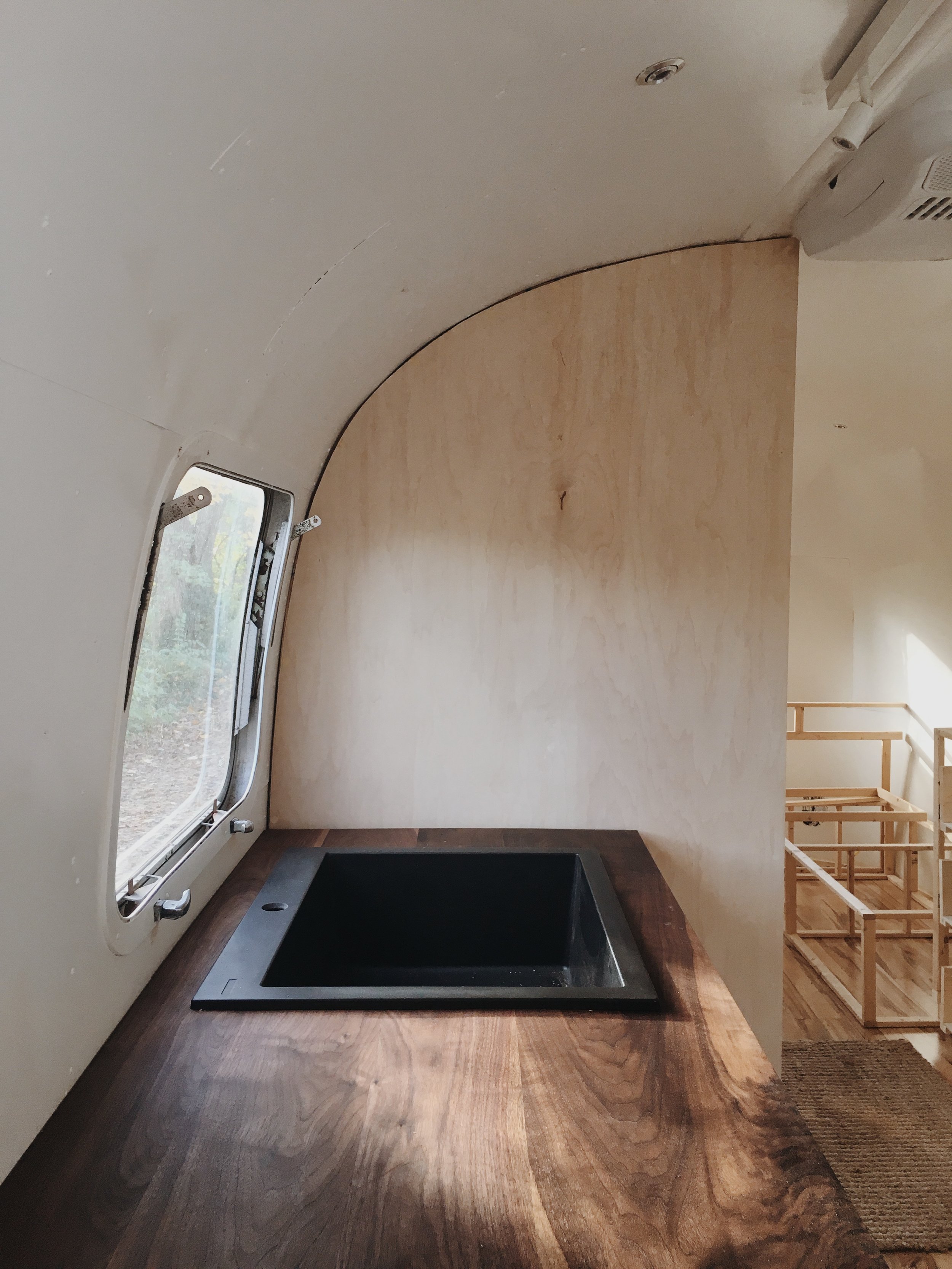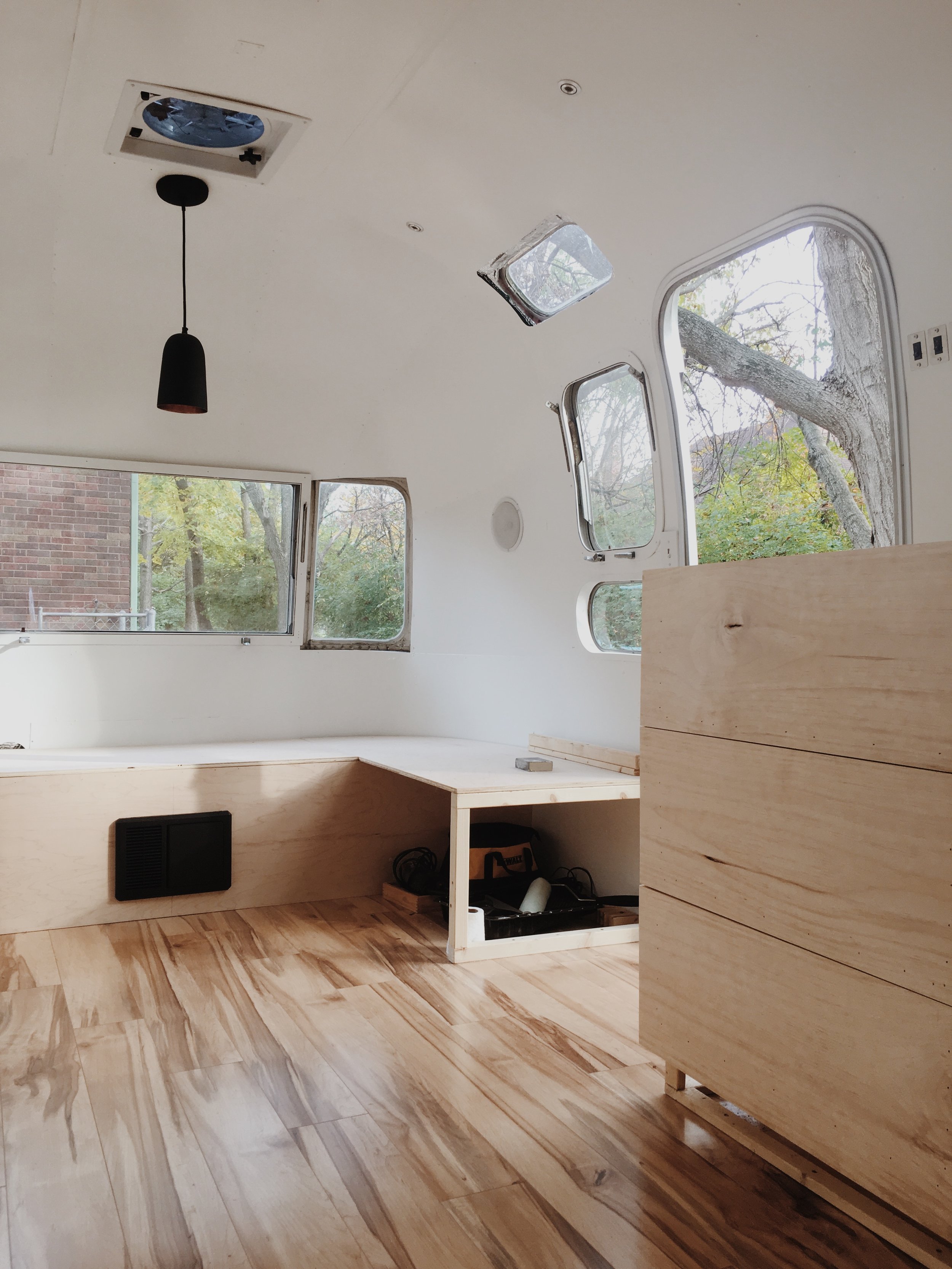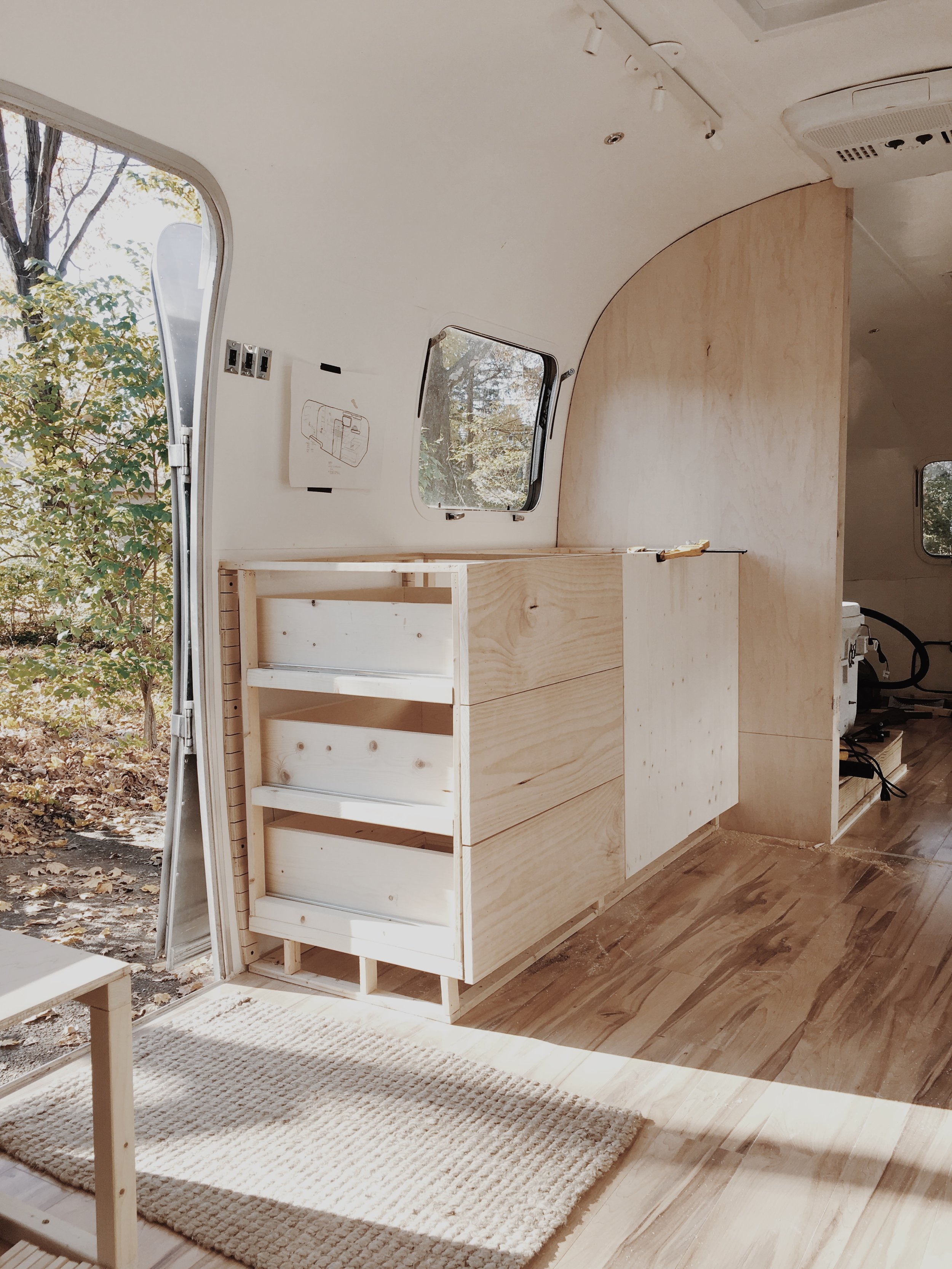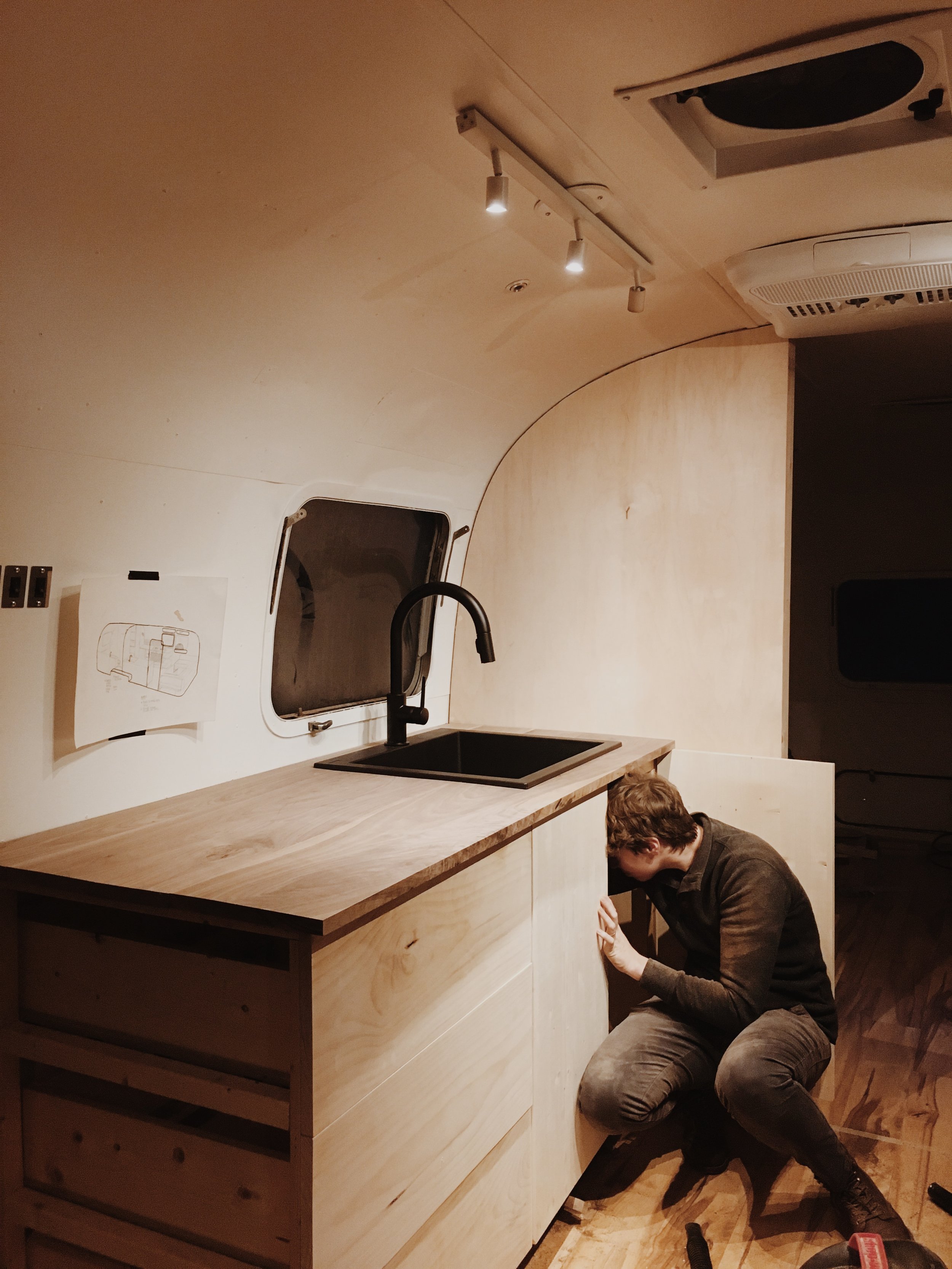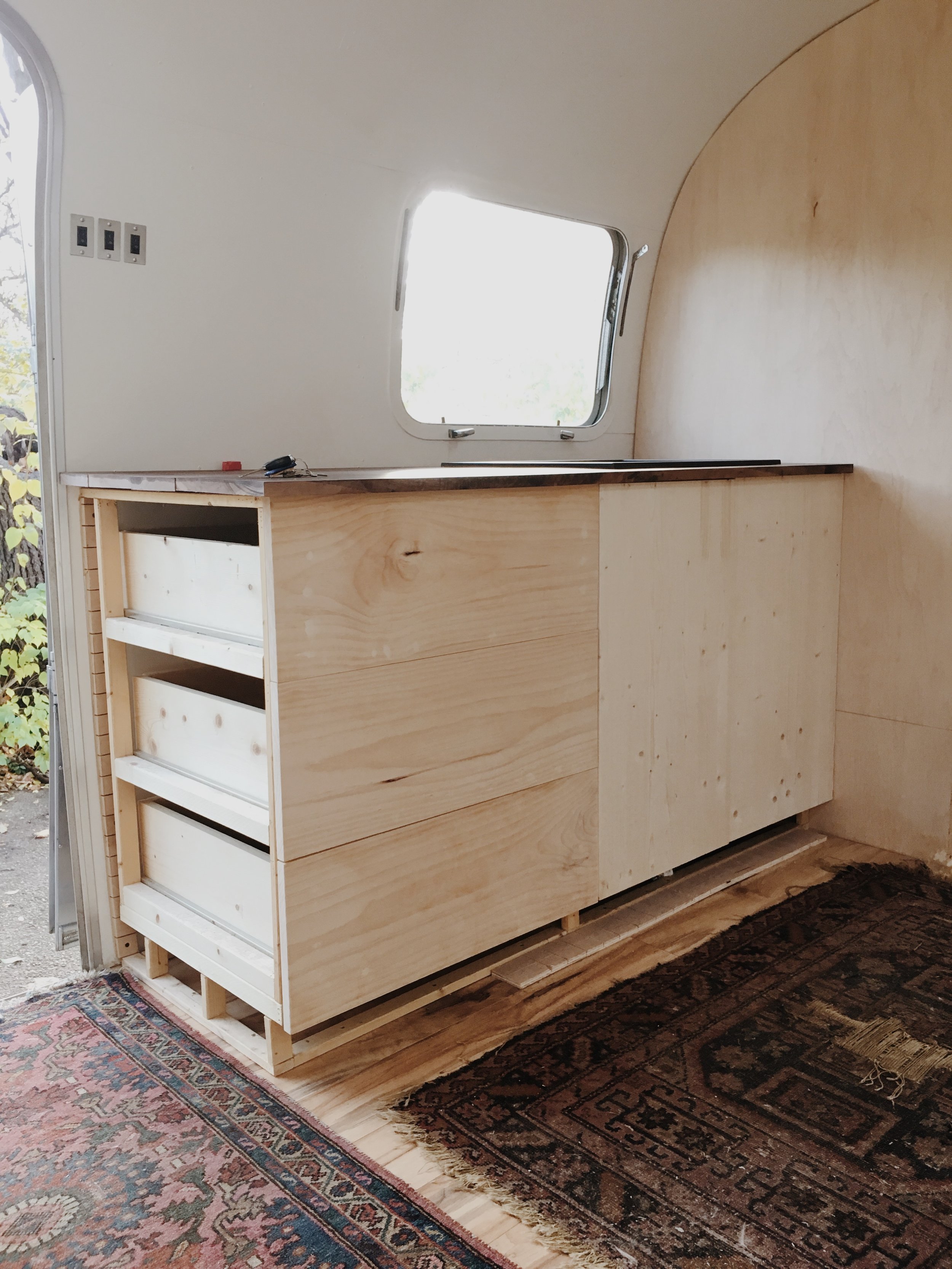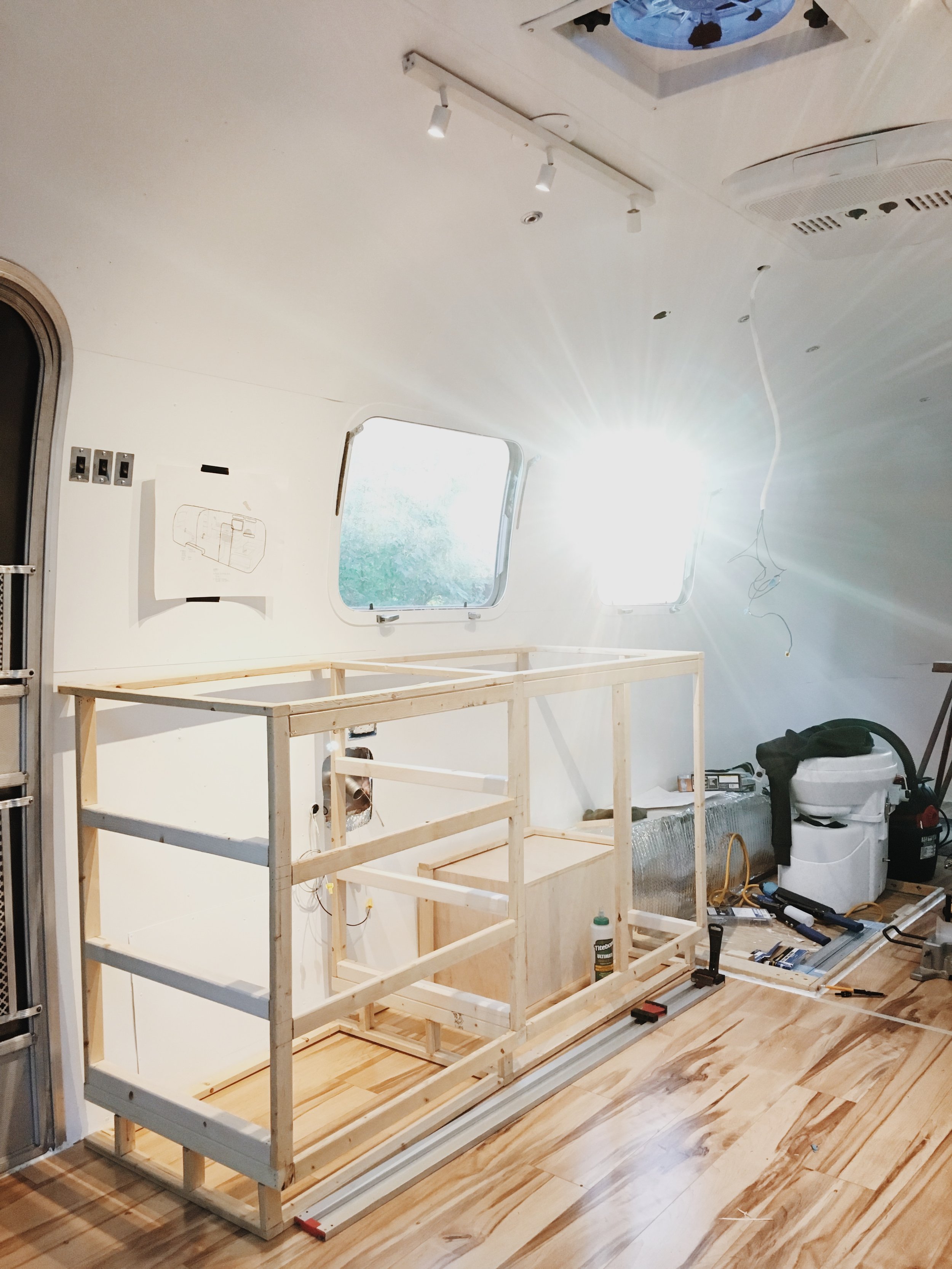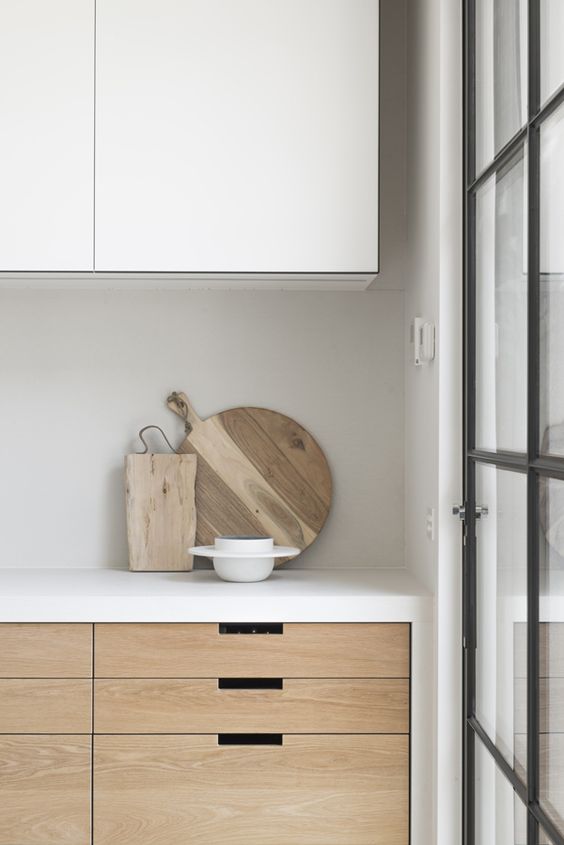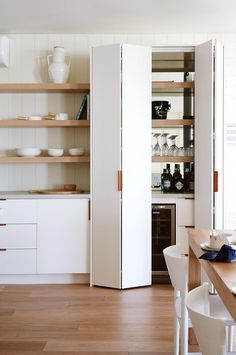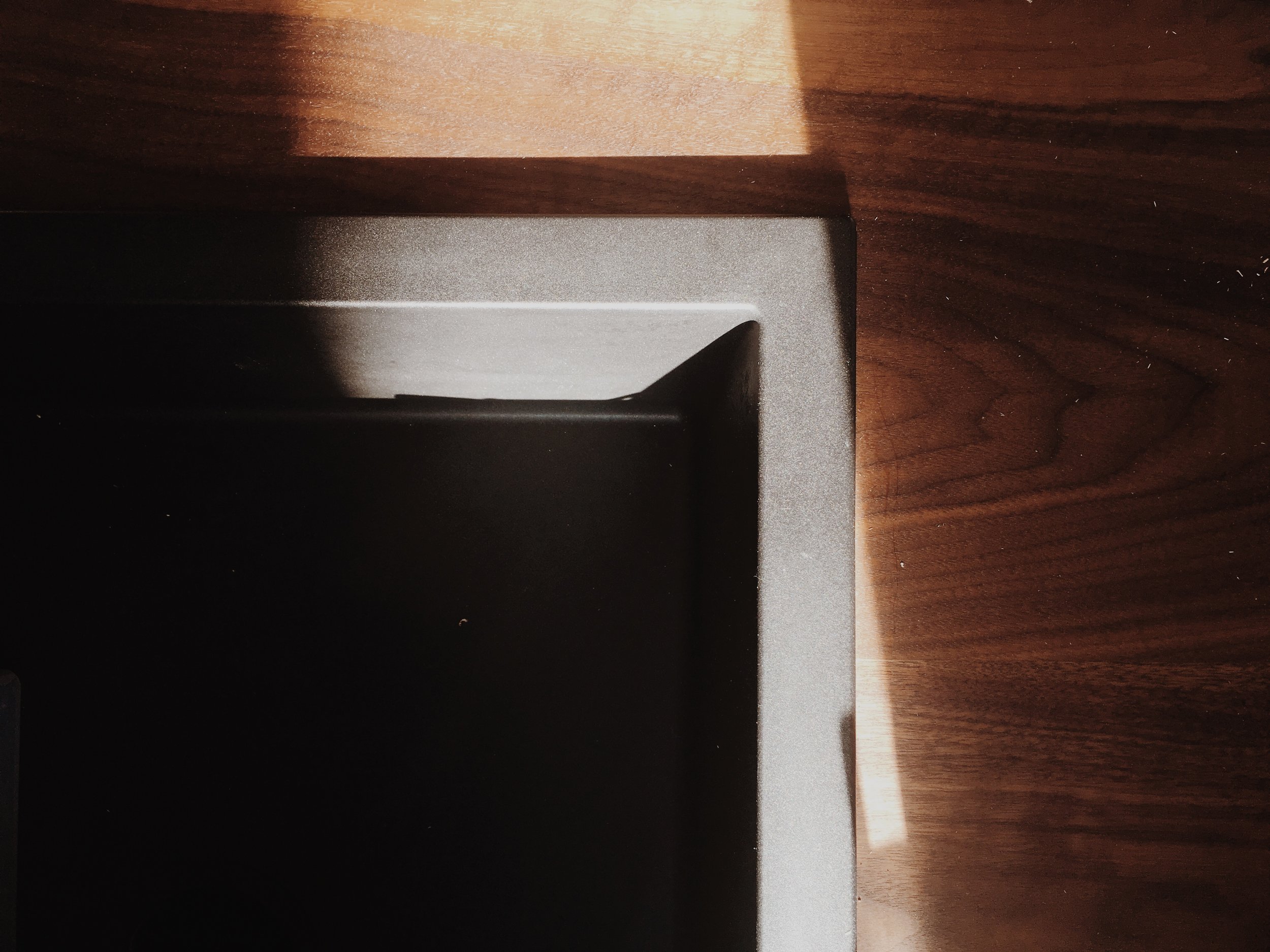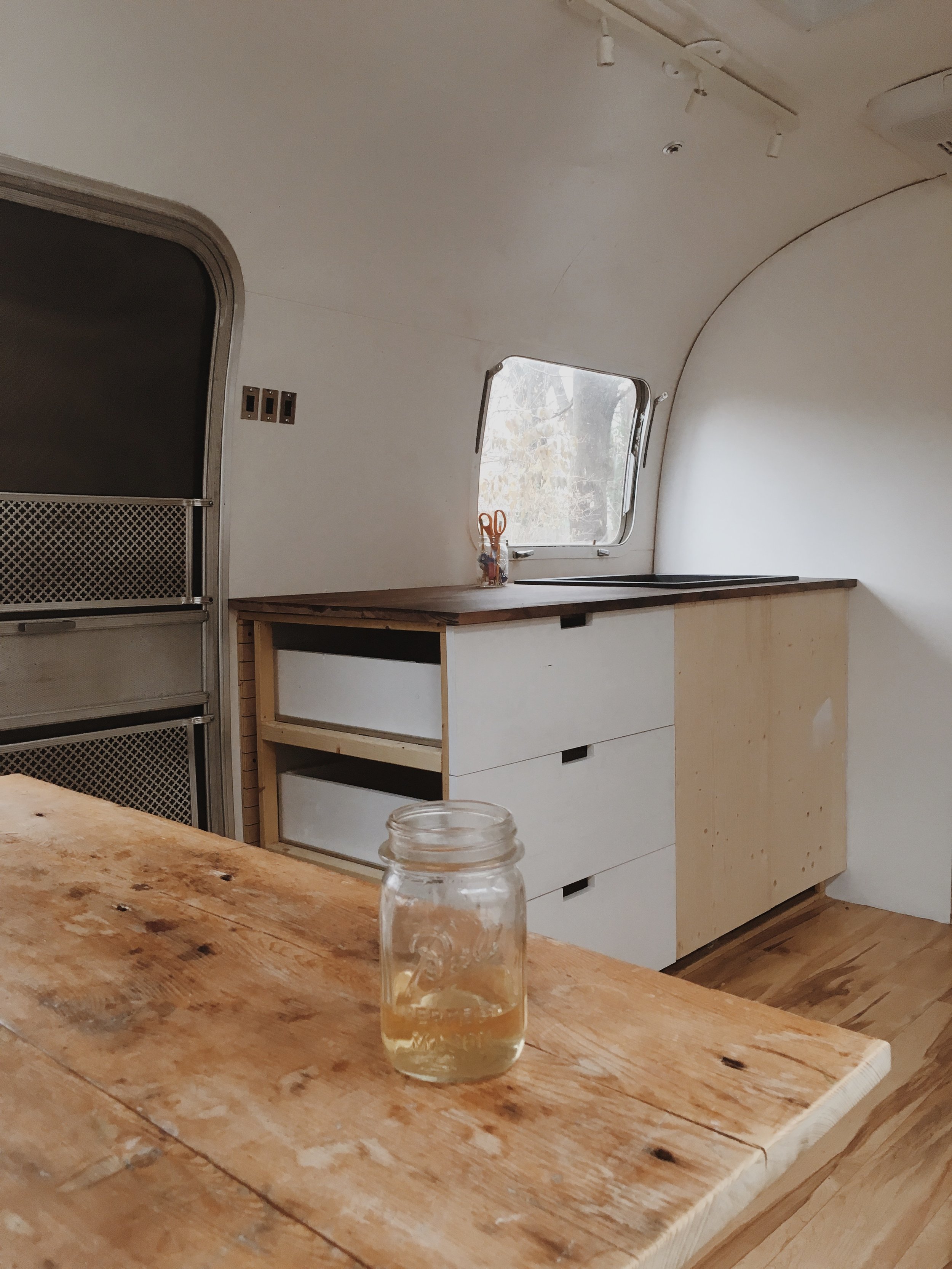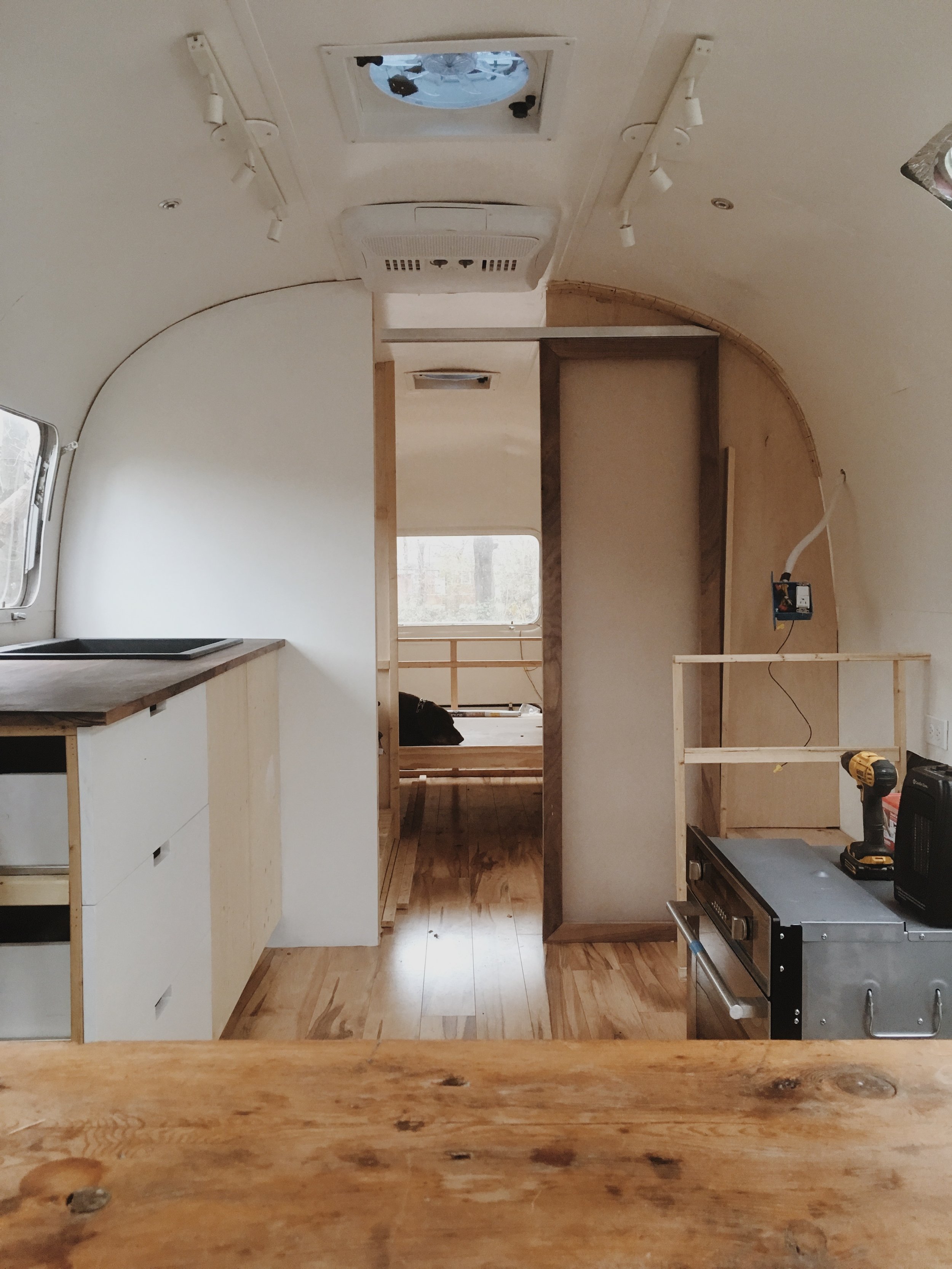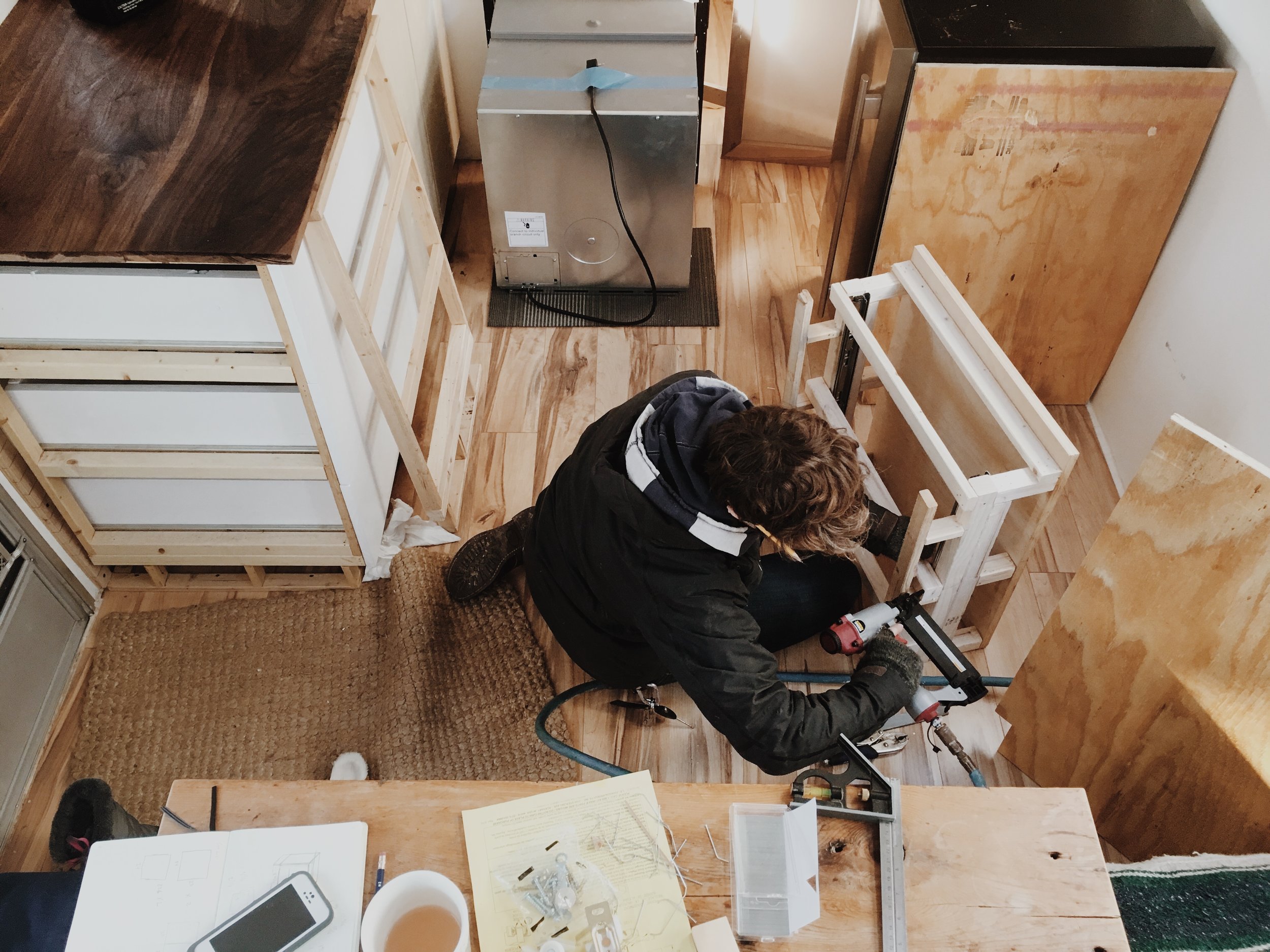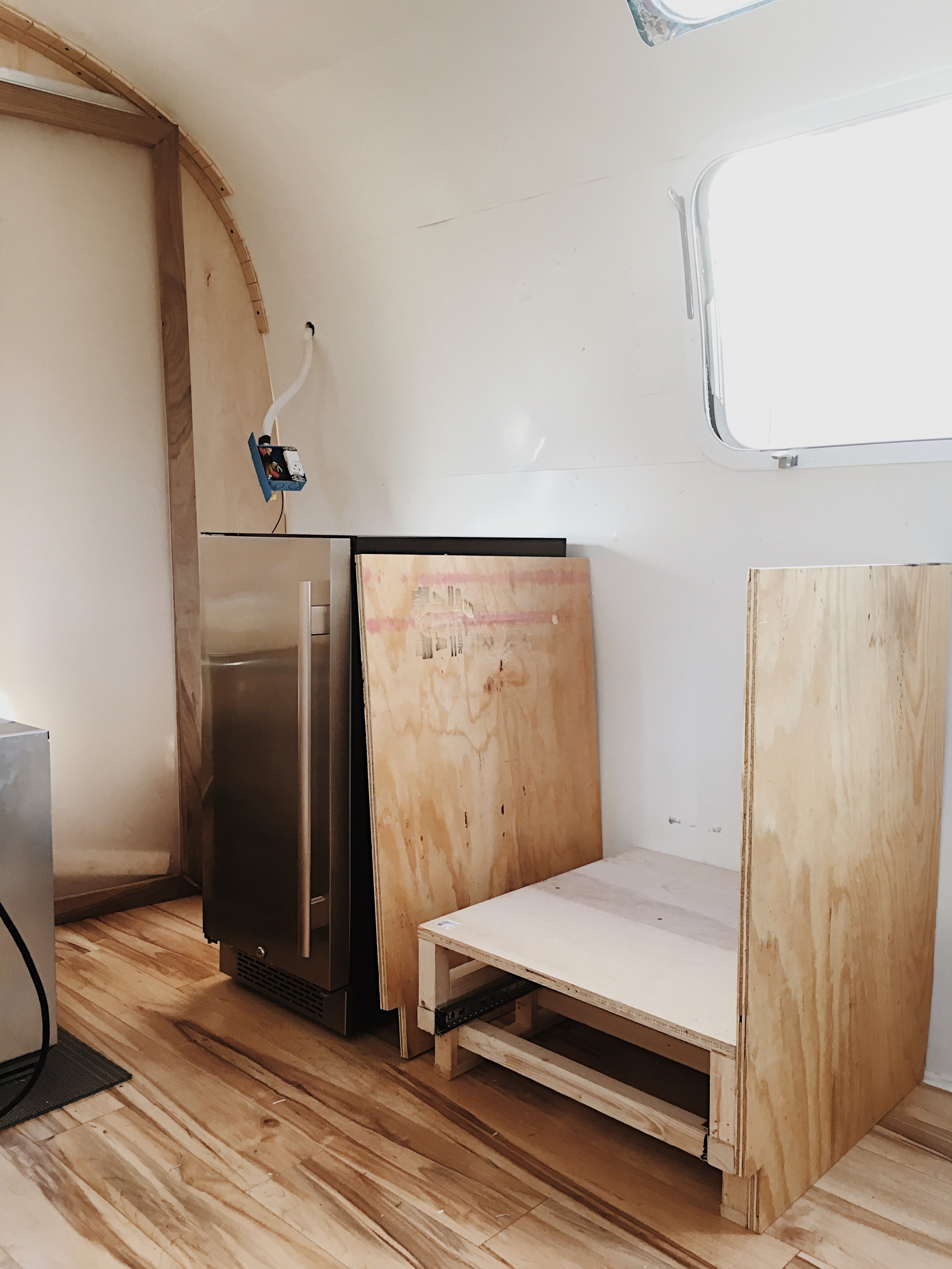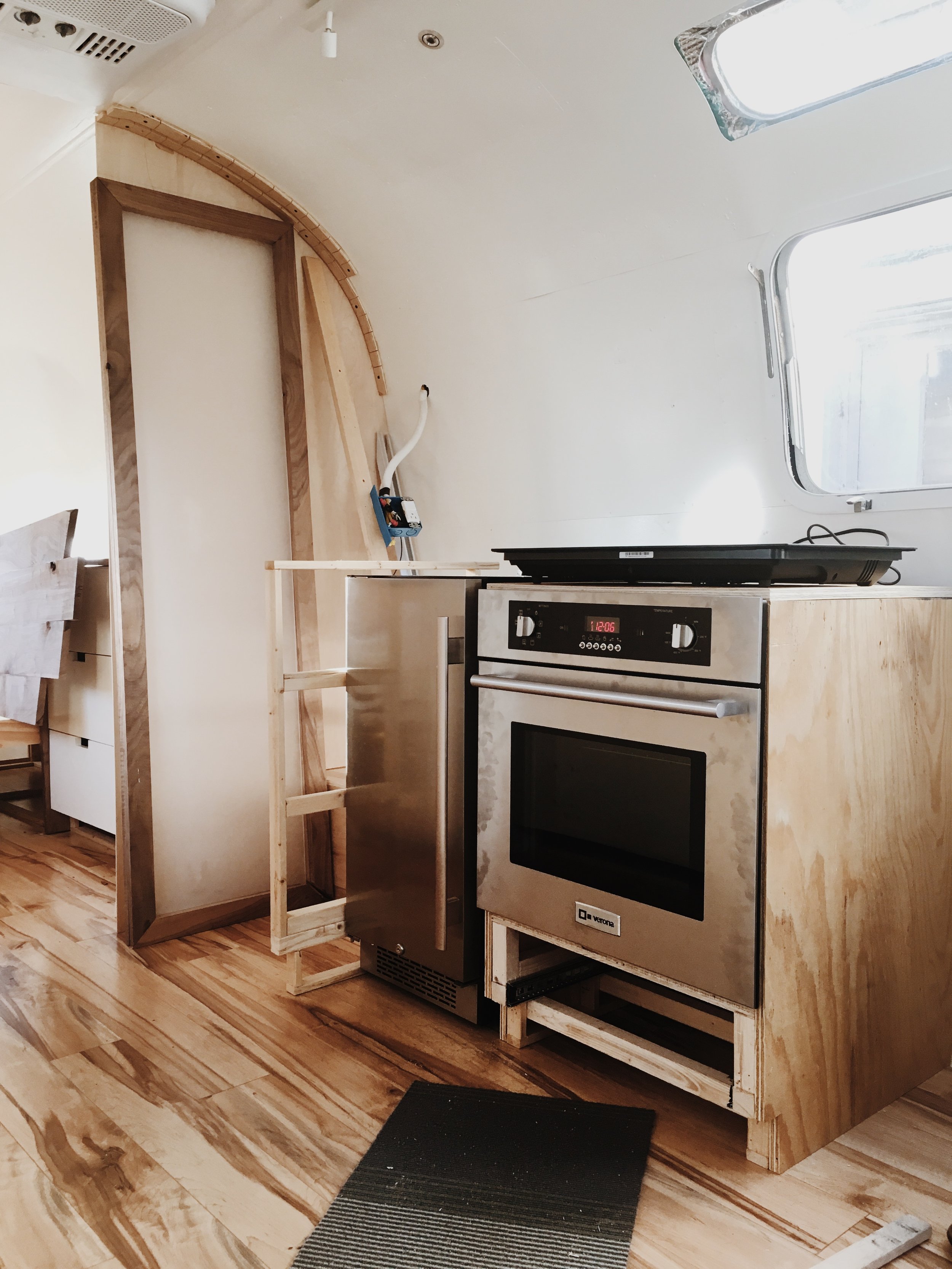Q. I would love to know where you go for inspiration and then your process for turning the inspiration into reality. Do you have your go-to list of sources or are you always looking for it? Also, how do weight concerns influence your design approach?
These questions are so good, but the first is tough to answer! It’s difficult to convey exactly how I take inspiration and turn it into reality, because so much of it is abstract, a feeling. I’m inspired by not just spaces, I’m inspired by things around me. Songs, a meal, the way light came through a particular window and fell on a particular subject on a particular day. The way the wind felt in that one place, that one time.
It’s worth saying the way I design and create will never be exactly the way anyone else designs or creates. The way you design and create will never be exactly the way anyone else designs or creates. That’s the way it should be. I don’t have a step-by-step guide for how to take inspiration and turn it into reality (i.e., design), but I do have one hard and fast rule, and it’s simple: I don’t copy or replicate. It’s one thing to take a small element or two from someone else’s design, but in the same way we’re taught to not plagiarize in school, copying someone’s design is taking the easy way out. It doesn’t make you a designer or an artist, it makes you someone who copied someone else's hard work - the same way that plagiarizing someone’s written work doesn’t make you a writer. I’m very careful to not look at rooms or spaces as my sole inspiration, and instead, gather inspiration from everywhere. When working with a client, I make it clear from the beginning that we’ll be creating a space unique to them, their needs, and their aesthetic. Even if they present an image and say, "let's make it look just like this", I redirect. That space has been created by someone else and for someone else. Look anywhere and everywhere for inspiration and think about your own needs and style above what anything else is doing, what's popular or trending (trends die, classic design lives on). What do you love? What are you drawn to?
From a more literal standpoint, I take as many images or samples as I can, and group them together. I pull out the items that make sense together. I start to see patterns emerge, certain tones that I'm drawn to continuously for that particular project. I then begin to sketch layouts and think about how concrete sources will look in the space, which involves sourcing those - I do a lot of research for products - and generally play with three options for each element (three faucets, three different types of tile, three different floors), especially when designing for a client. Too many options tends to overwhelm us in the design process. My job is to streamline and create for the client based on who they are, their needs, and conversations I've had with them. I mesh together my own inspiration with what I've learned.
The next steps are to go over the furniture and cabinetry builds with Ellen, who is responsible for actually bringing them to life, and we problem solve together until we have it just right. It's like a lovely puzzle, and I know the design plan is finished and ready to execute in my gut, though I truly allow the entire process to be organic, from start to finish. Once the plan is "finalized', it doesn't mean I may not feel something needs to change. I leave myself open to options, always, and for the design to ebb and flow naturally. This is how the best designs have come about for me.
I do have companies that I prefer to source from (for example, I love Delta Faucets), but I don’t solely rely on those products as the only option. Creating custom spaces requires me to get creative and always, always be on the lookout for solutions, fixtures, and finishes that suit the design and feeling I’m going for. Part of being a good designer is educating yourself as to what fixtures and finishes are out there so you don't get stuck recreating the same space over and over.
Weight is absolutely a consideration. For example: there are quite a few folks who are adamant in their opinions on not using tile and solid wood in travel trailers and RVs, yet these same folks add in a lot of other heavy stuff: extra appliances that aren’t necessity, metal, TVs, et cetera. I say - to each their own, as long as you're careful with your choices. We are mindful of the weight of the tile, and use a lightweight adhesive product called Musselbound, as opposed to thinset (mortar) to apply the tile (only on walls, not for use on a shower floor). We keep the tiles small and use a flexible grout. We’ve yet to install a hardwood floor, but there are folks who do.
In all of our projects thus far, we have kept the weight at 5800 pounds or less (dry weight), and we’ve used quite a lot of plywood and hardwood for countertops and cabinetry, and tile in each project. We are mindful of the weight of our appliances, and in our designs, balance weight from side to side. 10% of your overall trailer weight should be at the front. We consider every option we possibly can before making final decisions, and ensure we're meeting at least the first two of these three goals: is this piece/fixture/finish functional? Does the weight of this work with the other elements? If it's visible (i.e., not a water heater): is it beautiful?






